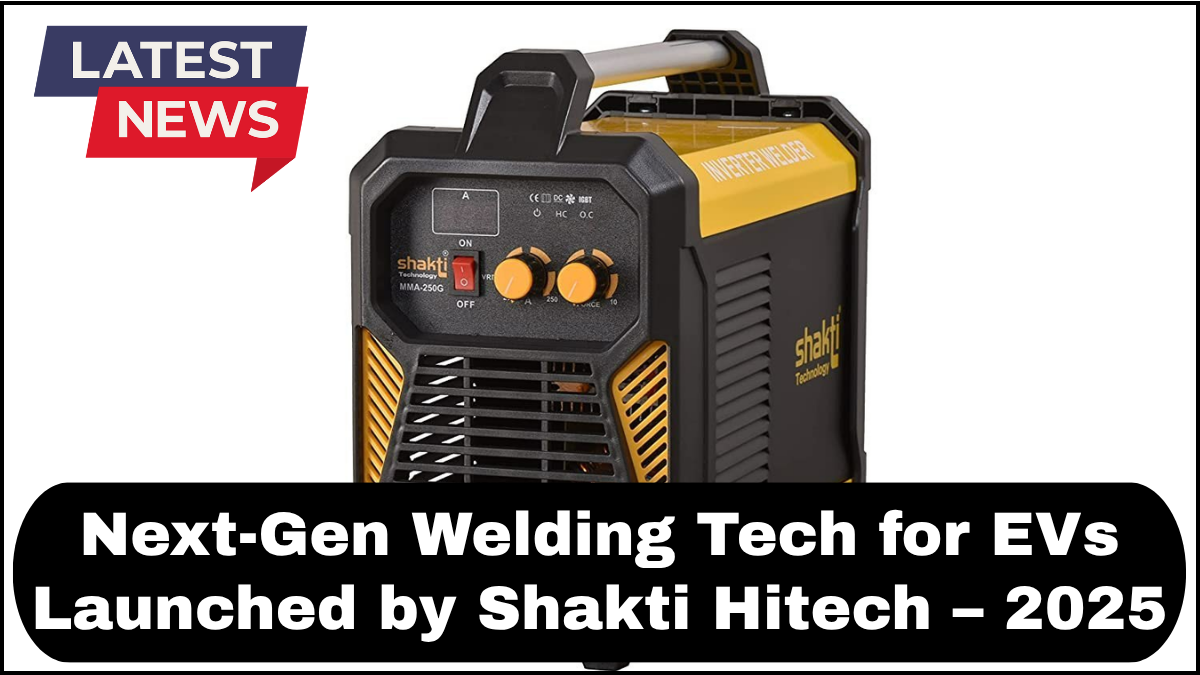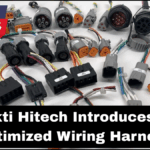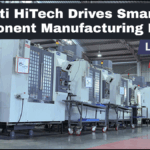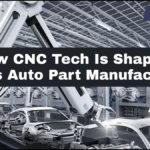In a decisive move set to transform the electric vehicle (EV) manufacturing landscape, Shakti Hitech has launched its latest next-generation EV welding technology in 2025. Designed specifically for the unique needs of EV platforms, this breakthrough innovation aims to elevate precision, efficiency, and structural integrity in automobile fabrication.

The Need for Innovation in EV Welding
Traditional welding techniques, long optimized for internal combustion engine (ICE) vehicles, often fall short when applied to electric vehicle chassis and battery enclosures. EVs demand lightweight structures, complex geometries, and integration of multiple materials like aluminum alloys, high-strength steel, and composites. These factors call for a fresh approach to joining processes.
Recognizing this shift, Shakti Hitech has engineered a welding solution tailored to meet the evolving requirements of EV design. With electric mobility surging globally, automakers are under increasing pressure to produce durable, lightweight, and safe vehicles while scaling production at lower costs.
What Sets Shakti Hitech’s Technology Apart?
The newly launched system combines hybrid laser-arc welding (HLAW), friction stir welding (FSW), and real-time quality monitoring powered by AI-driven analytics. This tri-tech fusion enables seamless, high-strength joints even in dissimilar materials—a common challenge in EV manufacturing.
Key features of the technology include:
- Multi-material Compatibility: The system handles aluminum-steel joints without compromising structural integrity.
- Real-time Defect Detection: AI and machine vision tools flag microfractures and porosity during the welding process, minimizing rework.
- Energy Efficiency: With optimized heat input control, the system reduces energy consumption by up to 30% compared to conventional methods.
- Automated Precision: Robotic arms and advanced path-planning algorithms ensure sub-millimeter accuracy in complex weld geometries.
This technological leap marks a significant milestone not just for Shakti Hitech, but for the broader EV ecosystem.
Impact on EV Manufacturing and Automobile Fabrication
Welding lies at the heart of vehicle fabrication. In electric vehicles, where battery safety, frame lightness, and thermal control are paramount, precision welding becomes even more critical.
Shakti Hitech’s EV welding technology streamlines these fabrication challenges. For example, the friction stir welding module is particularly suited to battery tray assemblies, eliminating the need for additional fasteners and reducing weight. Meanwhile, hybrid laser-arc welding allows for faster line speeds and reduced cycle times in chassis production.
Automobile manufacturers integrating this system are projected to see:
- 30-40% improvement in weld strength reliability
- 20% reduction in vehicle frame weight
- 25% lower operational downtime due to real-time diagnostics
The benefits ripple throughout the production chain, enabling cost-effective scalability without sacrificing performance or safety.
Future Outlook and Industry Adoption
As global demand for electric vehicles accelerates, the pressure is on for Tier-1 suppliers and OEMs to invest in agile and future-proof fabrication solutions. Shakti Hitech is already in talks with several global EV brands and automotive parts suppliers for collaborative rollouts.
The company’s R&D division is also working on integrating digital twin technology and predictive maintenance into its next update, ensuring even higher levels of system uptime and quality assurance.
FAQs
Q1. Why is specialized welding technology important for EVs?
EVs involve complex assemblies with multiple lightweight and heat-sensitive materials. Specialized EV welding technology ensures strength, durability, and safety while maintaining manufacturing efficiency.
Q2. What is friction stir welding, and why is it used in EVs?
Friction stir welding (FSW) is a solid-state joining process ideal for aluminum components. It’s especially useful in EVs for constructing battery enclosures and lightweight frames without introducing heat-related material weaknesses.
Q3. How does real-time quality monitoring improve automobile fabrication?
Real-time monitoring using AI detects flaws like porosity or cracks during the welding process. This reduces defective output, minimizes rework, and enhances overall production reliability.
Q4. Can Shakti Hitech’s system be integrated into existing production lines?
Yes. The system is modular and designed for compatibility with most standard robotic welding cells, enabling seamless retrofitting or phased upgrades.
Q5. What industries beyond EVs can benefit from this technology?
Aerospace, railways, defense, and even renewable energy infrastructure can leverage this advanced welding technology for precision fabrication needs.
click here to learn more



